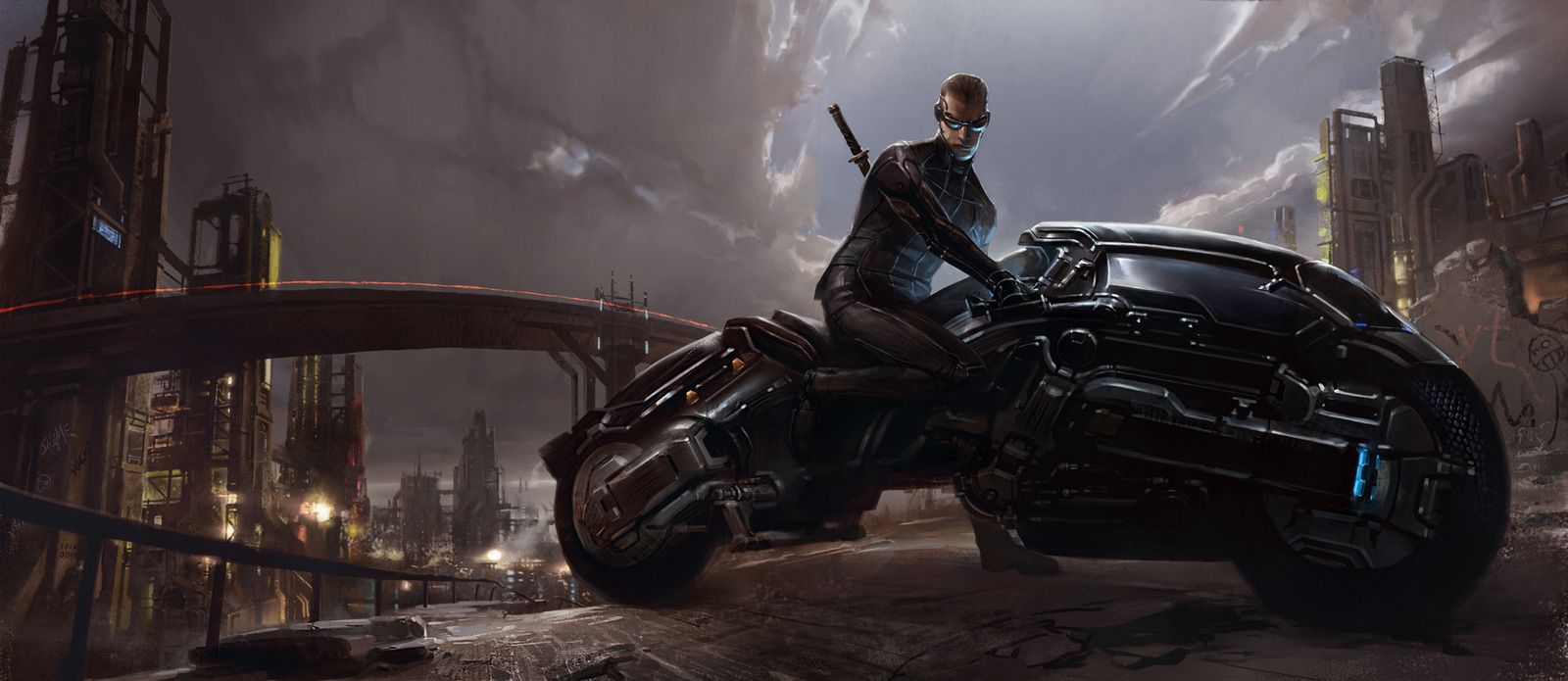List of Awesomeness #5

Hope everyone had a great holiday. Last month has been a bit busy. So my “experiment” with this kind of correspondence was on a hiatus.
On the flip side, I have a lot of really good things to share in the coming weeks.
Books
Snow Crash – Written by Neal Stephenson, this is a cornerstone for virtual/augmented reality, online avatars and just general cyberpunk. It is set only a few years in the future where the hero, Hiro Protagonist, is a hacker/samurai swordsman/pizza delivery guy and is after a software drug called Snow Crash – which was a virus created by the ancient Egyptian gods – helping to unravel a plot by a fibreoptics executive to use the drug to infect people and their digital avatars. It sounds very “out there” but being released in 1992, it has influenced the creation/popularization of many things over the years:
- Avatars: Across games and social media, the concept of avatar allows us to talk to friends, share things,buy/sell stuff,etc. The concept of using the word avatars to represent online virtual bodies was introduced and popularised by this book.
- MMORPG (Massive Multiplayer Online Role-Playing Games): Games like World of Warcraft were inspired by the “Metaverse” inside the book. MMO’s existed before this book but Stephenson brought a fantastic reality to the concept which changed MMOs.
- Google Earth/Maps – The “Earth” developed by the Central Intelligence Corporation in the book is literally what became Google Maps and then Google Earth. Overlaying cloud, vegetation, road networks, wind patterns,etc over maps in near real-time are some the many features that have been used from the book.
- Magic Leap / Microsoft Hololens / Google Glass – The concept of both virtual reality and augmented reality were popularised by this book. People in the book connect to the virtual world using a technology very similar to what all these companies are developing now. In fact, Magic Leap, which has raised $1.4 billion till date, made Neal Stephenson their “Chief Futurist”.
- Second Life: The founder was inspired to build the exact “Metaverse” from the book after his girlfriend gave him the book in college. (For those who don’t know about SL, its one of the most popular online virtual world since 2003)
- PayPal – Not exactly the concept of online payments and banking but PayPal’s founder Peter Thiel has mentioned that the culture of the company had Snow Crash’s story at the core.
Articles
The Resolution of the Bitcoin experiment – One of the core developers of the Bitcoin foundation, who was with the cryptocurrency since the early stages, quit 2 days ago. This is a big “nail” in the metaphorical coffin. In this extensive post, he explains why Bitcoin has failed. It’s an absolute MUST read for anyone remotely interested in the world of cryptocurrency and/or those who have constantly heard how cool Bitcoin is from their friends/peers (yes I know for some of you that person is me 😐 ). I always supported the concept of cryptocurrency and the underlying blockchain technology – which I think is what will remain in the aftermath – but it has been evident since some time that Bitcoin in it’s current form will not sustain/exist. So go ahead and have a full read through – some technical bits can be glossed over if you wish.
Papers
Are we living in a simulation? – It’s was a paper put forward by Nick Bostrom, Oxford professor of philosophy, in 2003. It proposed that we all could be living in a computer simulation and it uses some basic math and a lot of philosophy to bring out the argument. Basically the idea proves that a sufficiently advanced society has so much already in terms of computing power that they can simulate a full universe inside a computer.
I came across this paper back in university but recently it has come back to me due to some recent developments – (1) Latest research in Quantum Physics & String Theory indicates that we might all be just be a hologram – a 3D representation of information stored on a 2D surface; (2) A video game called “No Man’s Sky” which “procedurally” generates a galaxy-sized galaxy with its own laws of physics, chemistry & biology AND has 31 sextillion planet-sized planets to explore by players – a task which would take an estimated 5 billion years to complete by any one person (to put this in context our real universe is 13 billion years old – just slightly more than twice of that in the game) ! So we are already entering an era where simulated universes are not a dream and this question is more than relevant now.
There is a very engaging discussion on this topic between Richard Dawkins (foremost mind in evolutionary biology since Charles Darwin) & Brian Greene (probably the most celebrated physicist of our generation) – see below
The discussion on this topic of simulated universe is roughly 4-5 mins but they cover the paper at a very high level including a scientific and evolutionary view. If you have an hour’s time free, I suggest watching the full discussion – some of the topics covered are absolutely riveting.
Cheerio!